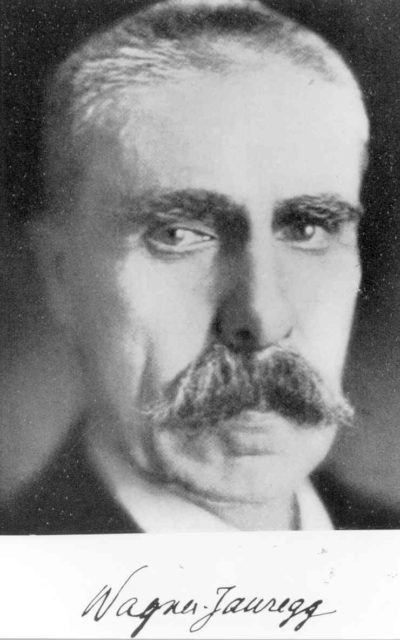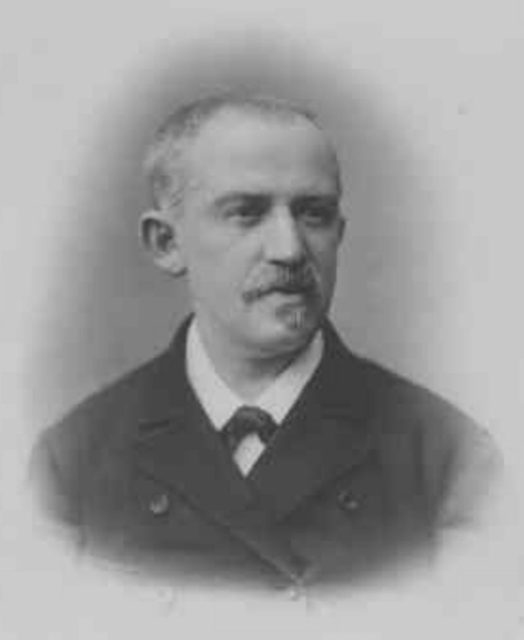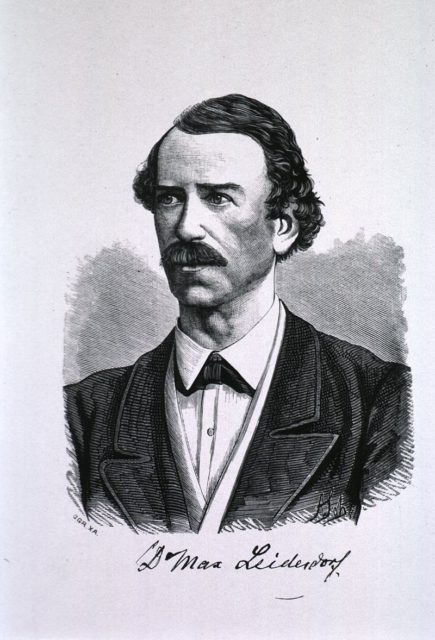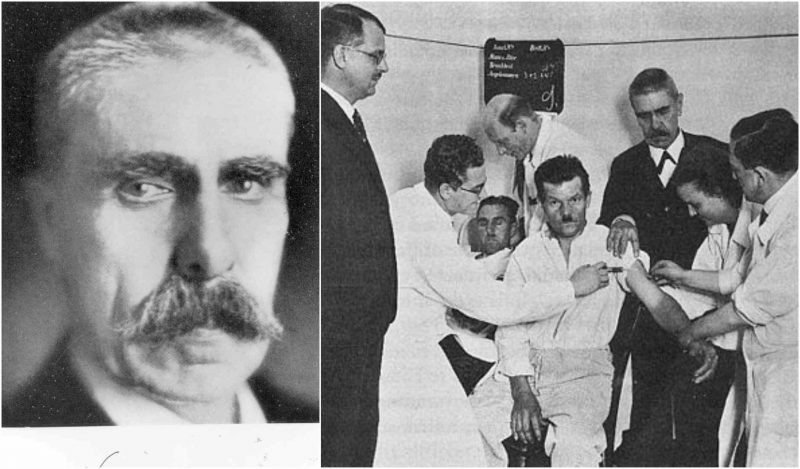The person who was awarded the Nobel Prize in Physiology or Medicine in 1927 was the Austrian physician Julius Wagner-Jauregg for his discovery of malaria as a remedy and treatment of dementia paralytica.

Back in 1874, he began his studies in medicine at the University of Vienna and graduated in 1880. During his studies there he met his fellow colleague Salomon Stricker in the Institute of General and Experimental Pathology. He gained the title ‘doctor’ in 1880, graduating with the thesis “L’origine et la fonction du cœur accéléré” and left the institute in 1882.

After he left university, Wagner-Jauregg experimented with laboratory animals, which wasn’t a very common practice at the time. Then, in 1883, he briefly worked at the Department of Internal Diseases under Bamberger, before accepting the position of assistant of Maximilian Leidesdorf in the Psychiatric Clinic where he remained until 1887.

Even though psychiatry wasn’t his main interest and expertise, he pursued his career in this field and in 1889 he succeeded Richard von Krafft-Ebing at the Neuro-Psychiatric Clinic of the University of Graz. There, he began his research on Goitre, cretinism, and iodine. Five years later, in 1893 he became Extraordinary Professor of Psychiatry and Nervous Diseases, and Director of the Clinic for Psychiatry and Nervous Diseases in Vienna, as successor to Theodor Meynert.
Wagner-Jauregg remained in his position as Director for ten years, and in 1902 he accepted a position at the psychiatric clinic at the General Hospital, only to return to his former Clinic in 1911.
His scientific appetites were never-ending, but throughout his entire career of research in various laboratories and collaboration with brilliant scientists, Wagner-Jauregg was devoted to pyrotherapy. Pyrotherapy is an approach to treating mental diseases by inducing a fever.
After Robert Koch discovered the tuberculin, Wagner-Jauregg immediately tried to find its use in his work so, he investigated the effects of febrile diseases on psychoses, using erisipela and tuberculin. However, he didn’t get the expected results in these methods of treatment. So, in 1917 he came up with the idea of inoculating malaria parasites in patients suffering from dementia paralytica, an illness caused by neurosyphilis, which at that time was a terminal disease.
The syphilis infection couldn’t survive the high body temperature induced by malarial fever. Since Wagner-Jauregg experiment proved to be highly successful among patients who can develop high fevers, which as a result cured them of syphilis, until 1940, it was ethically approved and legally supported to induce malaria by the least aggressive parasite, Plasmodium vivax.
Since the treatment produced prolonged and high fevers (a form of pyrotherapy), it was used only for the cases with tertiary syphilis. This was considered an acceptable risk because the malaria could later be treated with quinine, which was available at that time. This discovery brought the Nobel Prize in Medicine in 1927 to Wagner-Jauregg.
He wrote many academic articles on his work, but his main publication with all of his research was a book titled Verhütung und Behandlung der progressiven Paralyse durch Impfmalaria (Prevention and treatment of progressive paralysis by malaria inoculation) in the Memorial Volume of the Handbuch der experimentellen Therapie, (1931). The technique was known as malariotherapy.
However, at the end, malariotherapy didn’t end up being as successful as the penicillin. So, since it killed about 15% of patients and of course now that penicillin, use of malariotherapy was discontinued.
After his successful career and his award, Wagner-Jauregg retired in 1928. He continued publishing scientific papers and remained in good health until his death in 1940. Apparently, in his retirement days, Wagner-Jauregg developed an interest in politics. Even though his first wife was Jewish, he became a sympathizer of Hitler’s German nationalism, anti-Semitism, and of Nazism.
Documentary evidence indicates that he supported the Nazi party shortly after the invasion of Austria in 1938 by Germany. However, a denazification commission in Austria found that his application for NSDAP membership had been refused “…on grounds of race”, as his first wife was Jewish.
